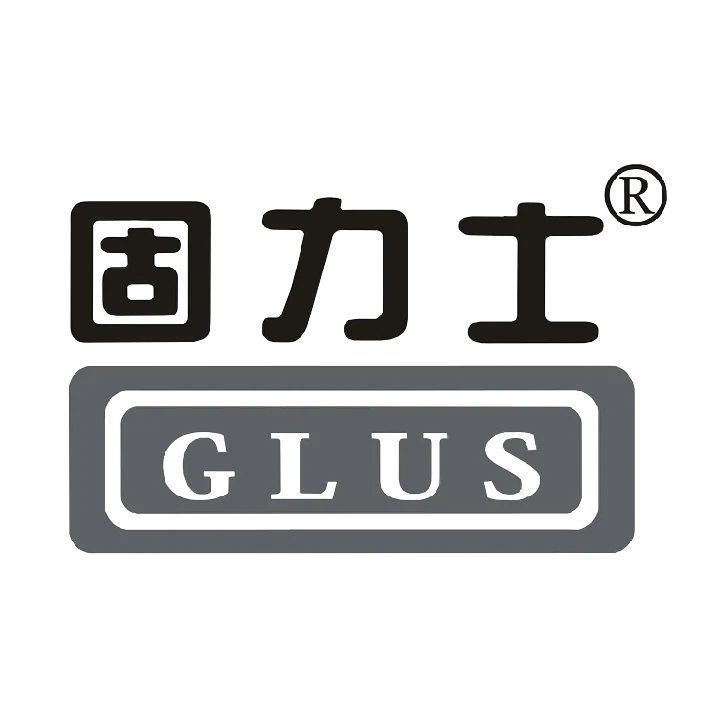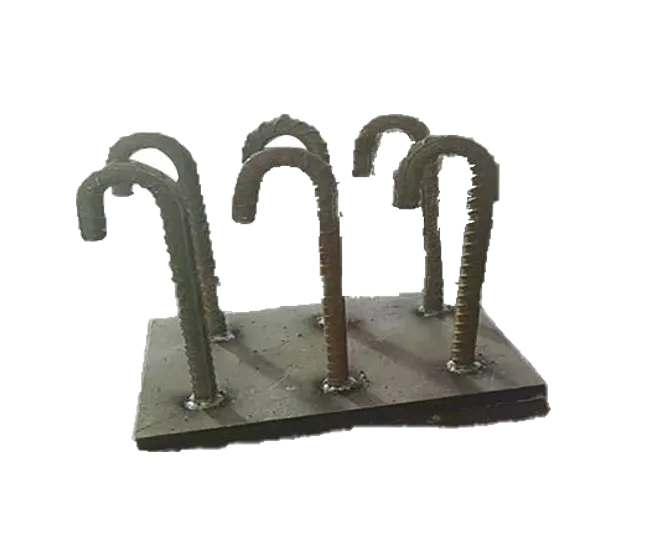Products Description
Anchor Bolts: The Fundamental Guarantee for Equipment Stability
In scenarios such as industrial equipment installation, building steel structure fixing, and large mechanical foundations, tightly connecting equipment to concrete foundations to prevent displacement or vibration during operation is a core link in ensuring the safe and stable operation of equipment. Anchor bolts (also known as expansion bolts or foundation bolts), as fastening connectors embedded in concrete foundations, cooperate with equipment bases through threads to transmit the weight of the equipment and operating loads to the foundation. They become the "bones and muscles" connecting equipment to the ground and are indispensable key components for the installation of various heavy-duty equipment.
I. Materials and Performance: Material Selection for Bearing Heavy Responsibilities
The material of anchor bolts should be comprehensively selected according to equipment load, service environment, and anti-corrosion requirements. Common types include:
- Q235 carbon structural steel: Low in cost and moderate in strength, suitable for scenarios with small loads and no special anti-corrosion requirements, such as the fixing of ordinary mechanical equipment;
- 45# steel: A medium carbon steel, after quenching and tempering, its strength and hardness are significantly improved, and it can bear large impact loads. It is often used for foundation fixing of heavy machine tools, cranes, and other equipment;
- 304 stainless steel: Has excellent corrosion resistance, can resist the erosion of humid, acid, alkali, and other environments, and is suitable for chemical workshops, outdoor equipment, or coastal high-salt-fog areas;
- 316 stainless steel: Molybdenum is added to 304, which has stronger corrosion resistance, especially suitable for strong corrosive environments (such as electroplating workshops, pharmaceutical equipment), but the cost is relatively high.
Some anchor bolts will also undergo surface treatment, such as galvanizing (cold plating or hot plating), painting, etc., to enhance anti-corrosion performance and extend their service life in humid environments.
II. Structural Characteristics: Design Logic from "Embedding" to "Fastening"
The basic structure of anchor bolts usually includes three parts: screw, nut, and washer, and some types also have anchor plates or hooks:
- Screw: A cylinder with external threads. One end is embedded in the concrete foundation, and the other end is exposed on the surface of the foundation to connect with the equipment base. The thread accuracy must meet the tight cooperation with the nut;
- Nut and washer: The nut is screwed on the screw through threads to clamp and fix the equipment base; The washer is placed between the nut and the base to increase the stress area and prevent the nut from crushing the surface of the base when tightened;
- Anchoring parts: Some anchor bolts are designed with hooks, anchor plates, or ribs at the embedded end, such as L-shaped or J-shaped hooks, or welded square anchor plates. The purpose is to enhance the grip between the bolt and concrete, prevent the bolt from being pulled out, and improve the overall anchoring strength.
This structural design enables anchor bolts to bear both the vertical pressure of the equipment and resist horizontal tension and shear force, ensuring that the equipment does not shift or overturn during operation.
III. Core Uses: "Rigid Connection" Between Equipment and Foundation
The core function of anchor bolts is to form a rigid connection between equipment, components, and concrete foundations, transmit loads, and limit displacement. The specific applications are reflected in:
- Fixing heavy equipment: Such as motors, pumps, machine tools, and other industrial equipment. Through anchor bolts, they are firmly fixed on the concrete foundation to prevent the equipment from displacing due to vibration during operation, avoiding component wear or precision deviation;
- Supporting steel structures: In scenarios such as factory steel structure columns and bridge supports, anchor bolts connect steel components to the foundation, transmit vertical loads and horizontal forces, and ensure the overall stability of the steel structure;
- Resisting vibration and impact: For equipment with vibration or impact loads (such as crushers, punch presses), anchor bolts can offset the reaction force generated by vibration through high-strength anchoring, reducing equipment shaking;
- Long-term stability guarantee: In tall structures such as wind turbines and signal towers, anchor bolts need to bear long-term lateral forces to ensure that the structure does not topple in severe weather (such as strong winds, earthquakes).
From factory workshops to large-scale projects, anchor bolts are the key to ensuring that structures and equipment "take root" on the ground.
IV. Types and Adaptable Scenarios
According to the installation method and structural form of anchor bolts, common types can be divided into:
- Embedded anchor bolts: Pre-embedded in the foundation before concrete pouring. The embedded end is fixed with the steel skeleton, and the exposed length is designed according to the thickness of the equipment base. They are suitable for scenarios where the equipment position is fixed and the load is large, such as machine tools and large storage tanks;
- Expansion anchor bolts: Composed of screws, expansion pipes, and nuts. During installation, a hole is first drilled in the concrete foundation, the bolt is inserted, and then the nut is tightened. The expansion pipe expands and closely combines with the hole wall. They are suitable for later installation of equipment or temporary fixing, such as shelves and small machinery;
- Chemical anchor bolts: The screw is bonded and fixed with the drill hole through a special chemical adhesive. After curing, a high-strength anchor is formed. They are suitable for foundations with high concrete strength, can replace embedded bolts, and are flexible in installation, often used in curtain walls and steel structure reinforcement;
- L-shaped/J-shaped anchor bolts: The embedded end is in the shape of L or J hooks, increasing the anchoring area with concrete. They are suitable for fixing equipment with general loads and are the most commonly used type in industrial equipment installation;
- Anchor plate type anchor bolts: A square or circular anchor plate is welded at the embedded end, with a large stress area and strong anchoring force. They are suitable for heavy equipment or scenarios with large lateral forces, such as metallurgical equipment and large cranes.
Different types of anchor bolts should be selected according to equipment weight, foundation material, and installation stage (precast or post-installed) to ensure the anchoring effect.
V. Installation and Acceptance: Key Links in Precision Construction
The installation quality of anchor bolts directly affects the stability of the equipment. Attention should be paid during construction:
- Positioning of embedded bolts: When embedding, templates or positioning frames should be used to fix the bolt position to ensure that the deviation between the bolt centerline and the design position does not exceed ±2mm, and the top elevation error is controlled within ±5mm to avoid affecting equipment installation;
- Drilling and cleaning: Before installing expansion bolts or chemical anchor bolts, holes should be drilled according to specifications. The hole depth and diameter must match the bolt size. After drilling, clean the dust and debris in the hole to ensure the expansion or bonding effect;
- Control of tightening torque: When tightening the nut, a torque wrench should be used to tighten according to the design torque to avoid insufficient anchoring due to loose tightening or bolt breakage due to over-tightening;
- Anti-corrosion treatment: The exposed part should be painted with anti-rust paint or equipped with a protective cover. In humid environments, galvanized or stainless steel materials can be used to prevent bolt rust from affecting later disassembly and maintenance.
After installation, a tension test or torque recheck is required to verify the anchoring strength of the anchor bolts and ensure that they meet the design requirements.
Summary
Although anchor bolts are "small components" connecting equipment to the ground, they bear the "great responsibility" of ensuring the safe operation of large structures and equipment. They adapt to different environments with various materials and achieve high-strength anchoring with exquisite structures. In industrial production and engineering construction, they silently act as "invisible foundations". Only by selecting the appropriate type, standardizing the installation process, and controlling the construction accuracy can anchor bolts truly play the role of "fixed sea god needles" and lay a solid foundation for the long-term stable operation of equipment and structures.



